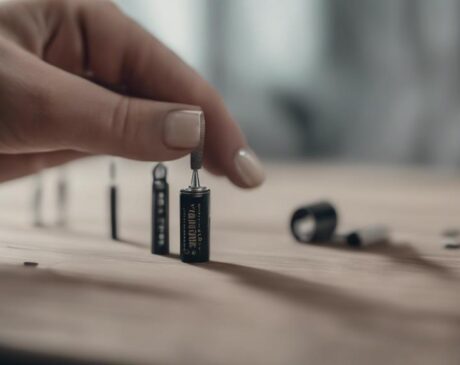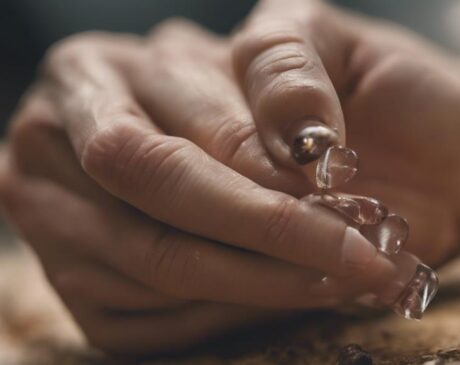What Is the Safest UV Nail Lamp?
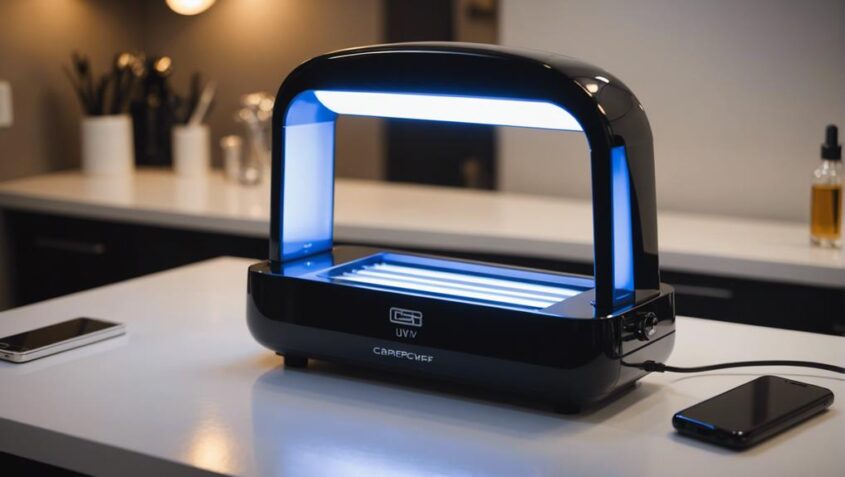
Select the safest UV nail lamp by prioritizing features like automatic timers, motion sensors, and temperature regulation for secure and effective nail curing. Understanding UV wavelengths emitted by these lamps and the importance of timer settings can enhance safety. Ergonomic design considerations ensure a comfortable and uniform curing experience. Top recommendations for safe UV lamps include various models with unique safety features like automatic timers, motion sensors, and heat ventilation systems. These features contribute to a safer and more efficient nail curing process.
Key Takeaways
- Automatic timer controls UV exposure for safety and prevents overexposure.
- Built-in temperature regulation systems prevent overheating risks.
- Models with motion sensors enhance safety during nail curing.
- Dual light source technology balances UVA output for optimal results.
- Adjustable intensity settings cater to different nail types and provide short circuit protection.
UV Nail Lamp Safety Features
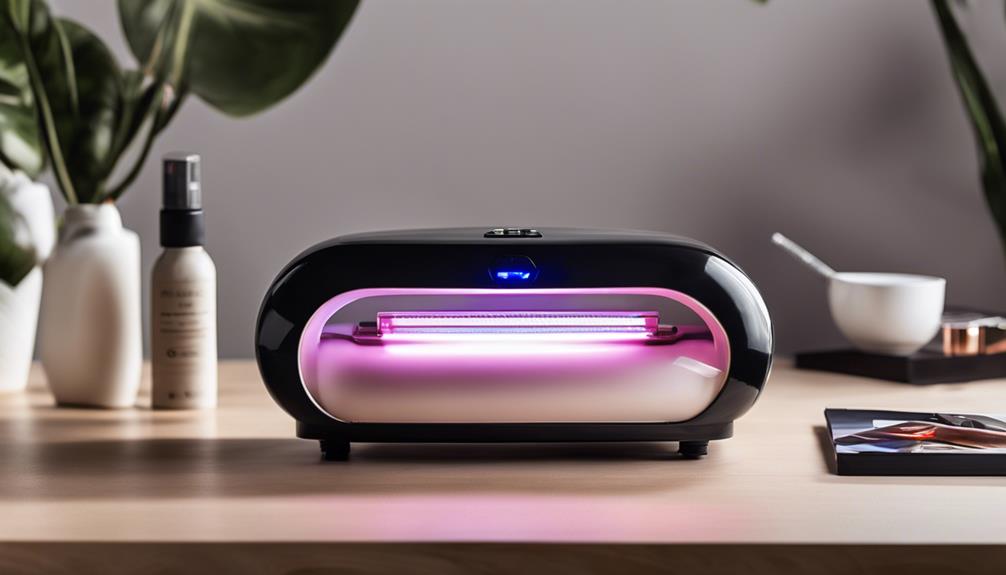
UV nail lamps incorporate essential safety features to ensure user protection and minimize potential risks associated with prolonged exposure to ultraviolet light. One key feature is the automatic timer, which controls the amount of UV exposure and prevents overexposure. This feature is crucial in preventing skin damage and reducing the risk of developing skin cancer. Additionally, UV nail lamps are equipped with motion sensors that deactivate the lamp when movement is detected, further decreasing the likelihood of accidental exposure.
Furthermore, many modern UV nail lamps come with built-in temperature regulation systems to prevent overheating. This not only safeguards the user from burns but also extends the lifespan of the lamp. Some models also include removable magnetic trays that allow for easy cleaning and maintenance, ensuring optimal hygiene during nail treatments.
Understanding UV Wavelengths
With a focus on the scientific aspect of nail lamp technology, the analysis of ultraviolet wavelengths is essential for understanding their impact on nail curing processes. UV nail lamps emit ultraviolet light in different wavelengths, typically UVA and UVB. UVA rays fall within the 320-400 nanometer range and are primarily responsible for curing gel nail polish. UVB rays, ranging from 280-320 nanometers, have shorter wavelengths and are potentially harmful to the skin in high doses. Manufacturers design UV nail lamps to emit predominantly UVA light as it is less damaging than UVB. Understanding the specific wavelengths emitted by a UV nail lamp is crucial to ensure effective curing while minimizing potential harm. Innovations in nail lamp technology focus on optimizing UVA output for efficient curing while incorporating safety features to mitigate risks associated with UV exposure. By comprehending UV wavelengths and their effects, users can make informed decisions when selecting a safe and effective UV nail lamp for their nail curing needs.
Importance of Timer Settings
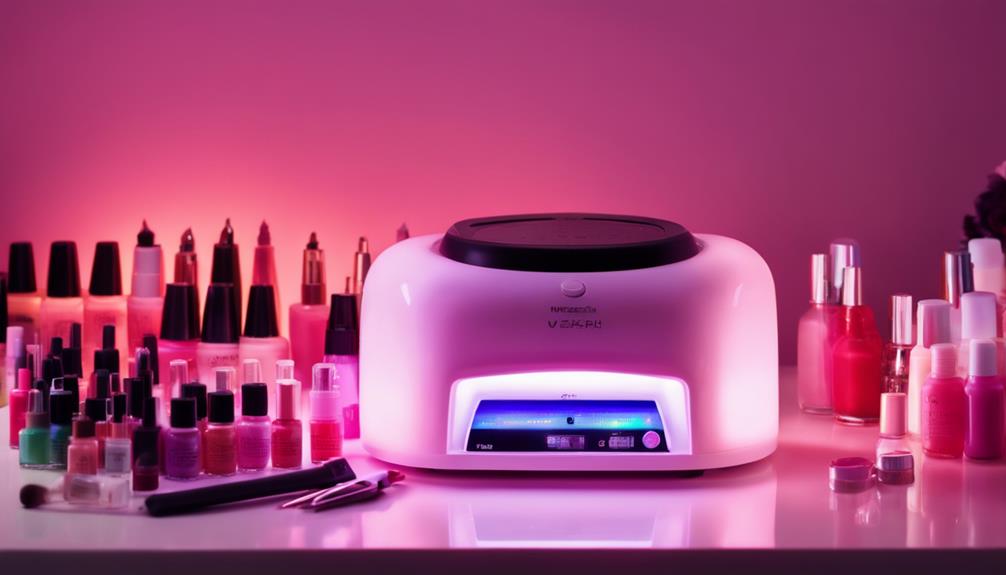
Have you ever considered the critical role that timer settings play in optimizing the performance of UV nail lamps for safe and efficient nail curing processes? Timer settings are not just a convenience feature but a crucial aspect of ensuring the safety and effectiveness of UV nail lamps. By setting the timer correctly, users can control the exposure time of their nails to the UV light, preventing overexposure that could lead to skin damage or other adverse effects.
Innovative timer settings in UV nail lamps offer customizable options to cater to different nail types and curing requirements. Shorter timer settings may be suitable for sensitive nails, while longer settings can be used for thicker layers of gel polish. These settings not only enhance the curing process but also contribute to the overall safety of using UV nail lamps.
Therefore, understanding and utilizing the timer settings on UV nail lamps is essential for achieving the best results while prioritizing the safety and health of your nails and skin.
Ergonomic Design Considerations
Considering the user experience and comfort during nail curing procedures, the ergonomic design of UV nail lamps plays a significant role in enhancing efficiency and convenience. When choosing a UV nail lamp, here are three key ergonomic design considerations to keep in mind:
- Shape and Size: Opt for a lamp that accommodates various hand sizes comfortably and allows for easy positioning of the nails under the light. An ergonomic shape reduces strain on the hands and wrists during the curing process.
- Hand Placement: Look for lamps with strategically placed lights to ensure uniform curing without the need for constant hand readjustment. This feature not only enhances user comfort but also promotes consistent results.
- Weight and Portability: Consider the weight of the lamp, especially if you are a professional nail technician who needs to move the lamp frequently. A lightweight yet sturdy design with convenient handles or grips can make transportation and storage hassle-free while maintaining ergonomic benefits.
Top Recommendations for Safe UV Lamps
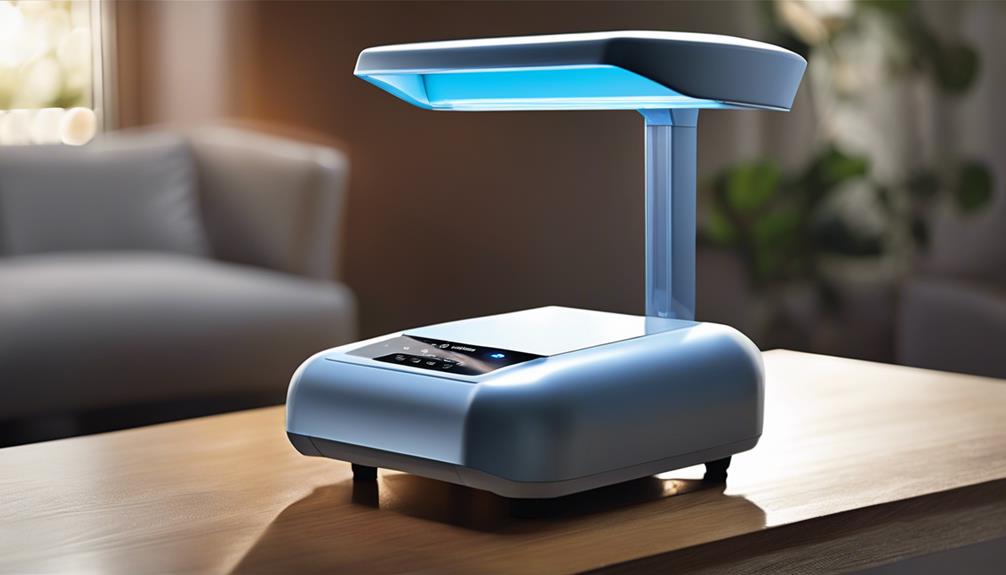
For optimal safety and performance in UV nail lamps, selecting models with advanced safety features is paramount. When considering the top recommendations for safe UV lamps, it is essential to prioritize features such as automatic timers, motion sensors, and heat dissipation mechanisms to prevent overheating and potential skin damage. Here are some innovative UV nail lamps that prioritize safety:
| UV Nail Lamp Model | Safety Features |
|---|---|
| Model A | Automatic Timer, Overheat Protection |
| Model B | Motion Sensor, Low Heat Mode |
| Model C | Dual Light Source Technology, Heat Ventilation System |
| Model D | Smart Memory Function, Eye Protection Shield |
| Model E | Adjustable Intensity Settings, Short Circuit Protection |
These top recommendations offer a blend of cutting-edge technology and safety enhancements to ensure a secure and efficient UV nail curing experience. When investing in a UV nail lamp, opting for these advanced features can provide peace of mind while achieving professional results.
Frequently Asked Questions
Can UV Nail Lamps Cause Skin Damage?
UV nail lamps can indeed cause skin damage due to prolonged exposure. It is crucial to limit exposure time, wear protective gloves, and apply sunscreen. Consult with a dermatologist for guidance on safe usage to minimize risks.
Are All UV Nail Lamps Safe for Home Use?
Not all UV nail lamps are equally safe for home use. It is essential to look for lamps with features like low heat emission, automatic timers, and proper UV protection to minimize any potential risks.
Do UV Nail Lamps Emit Harmful Radiation?
UV nail lamps emit UVA radiation, which penetrates the skin and may pose health risks with prolonged exposure. To minimize harm, use lamps with lower wattage, wear UV-blocking gloves, and limit exposure time. Consult dermatologists for personalized advice.
How Often Should UV Nail Lamp Bulbs Be Replaced?
To maintain optimal performance and safety, UV nail lamp bulbs should be replaced approximately every 6 months. Regular replacements ensure consistent curing results and minimize the risk of harmful UV exposure to both clients and technicians.
Can UV Nail Lamps Cause Eye Damage?
UV nail lamps emit UVA rays that can potentially cause eye damage with prolonged exposure. To minimize risks, it is advisable to wear protective eyewear during nail treatments. Consultation with a healthcare professional for further guidance is recommended.


